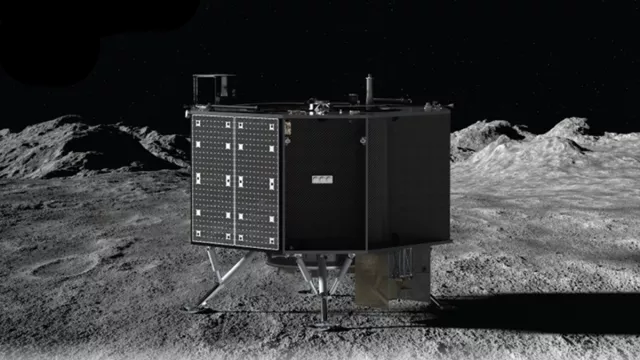Landing a seismometer on the Moon in 2026 will mark a first since the Apollo missions of the 1970s, when deep moonquakes were recorded on its near side. FSS will land on the far side, near the south pole in Shrödinger basin, an ancient impact crater bearing traces of volcanic eruptions some half a billion years ago.
Key information
| Mission | Study the seismology of the south pole and far side of the Moon |
|---|---|
| Domain | Science |
| Launch date | June 2026 |
| Partners | NASA, JPL, IPGP, Kinemetrics, Oxford University, Imperial College, Draper Laboratory (Massachusetts, USA) |
| Where | South pole and far side of the Moon |
| Lifetime | 4½ months |
| Status | In development |
Key figures
- 50 seismic events to be observed
- 2 x 10-10 m/s²/rtHz: sensitivity of VBB instrument
- 0.1 to 1 Hz: sensing band of VBB instrument
- 2 seismometers
Key milestones
- June 2026: Launch of FSS
- 2023-2024: Assembly and testing of FSS by NASA
- February 2023: IPGP delivers VBB instrument to JPL
- June 2022: NASA tasks Draper, based in Cambridge, Massachusetts, with developing the SERIES-2 lander
- June 2021: NASA decides to develop FSS and tasks JPL with the project
Project in brief
The Farside Seismic Suite (FSS) mission comprises two seismometers: a French Very Broad Band (VBB) seismometer and a British Short Period (SP) seismometer. FSS was selected by NASA in June 2021 to land in the Moon’s Shrödinger basin in 2026.
FSS is set to answer three key questions:
- Is seismology different on the Moon’s far side?
- How do impact processes shape the lunar crust?
- What is the current micrometeorite impact rate?
Unlike its Martian predecessor, FSS will not be deployed to the surface. The lack of an atmosphere on the Moon means the suite will not be affected by parasitic motion from the lander that could interfere with measurements. It will also be powered independently by its own solar panels and have its own telecommunications system to be able to pursue measurements for at least four months, outliving the lander. The suite is a cube of 40 centimetres on a side and weighs around 45 kilograms.
CNES’s role
Mark Panning of the Jet Propulsion Laboratory (JPL) is the Principal Investigator (PI) for this NASA mission. CNES is supplying the VBB seismometer in partnership with the IPGP Earth physics institute in Paris. VBB is using a flight spare of the SEIS seismometer on the InSight mission that operated on Mars from 2018 to 2022.
Contacts
Project Leader
Gabriel Pont
E-mail: gabriel.pont at cnes.fr
Solar System Planets and Small Bodies subject matter expert
Francis Rocard
E-mail: francis.rocard at cnes.fr


